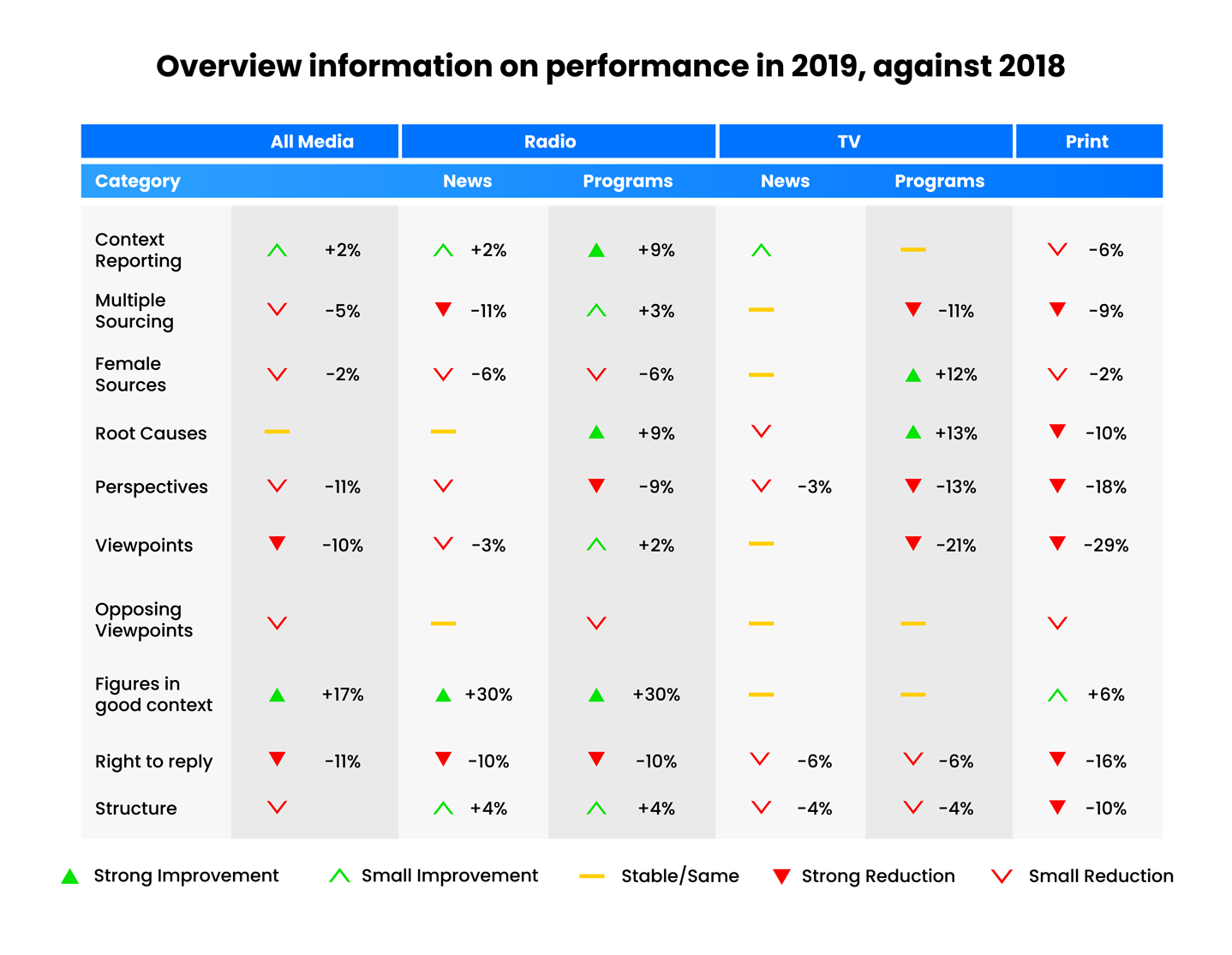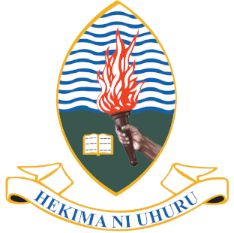- The print sub-sample has reduced its performance in almost all quality criteria, whereas radio and TV have improved in some categories (at least in their programmes).
- A serious fall in quality is seen in comprehensive reporting, as the diversity of perspectives (reporting under a specific lens and therefore in-depth) has suffered compared to 2018 in all media types.
- Similarly, the number of media pieces with explicit opinions and viewpoints has fallen considerably, even when compared to an already low level in 2018.
- Multiple sourcing has suffered, except for radio programmes.
- Improvement is evident in covering the root causes of events and issues because radio and TV programmes reported more on the root causes in 2019 than in the previous year.
- Another improvement in all media genres has been reporting on figures/numbers. In 2019, all media improved on contextualising figures (numbers) and making them not only accessible but also understandable to the audience.
- Concerning reporting on official events, the performance has also improved although only marginally compared to 2018.
The table below presents the performance of the different quality categories in 2019 compared to the performance in 2018.

